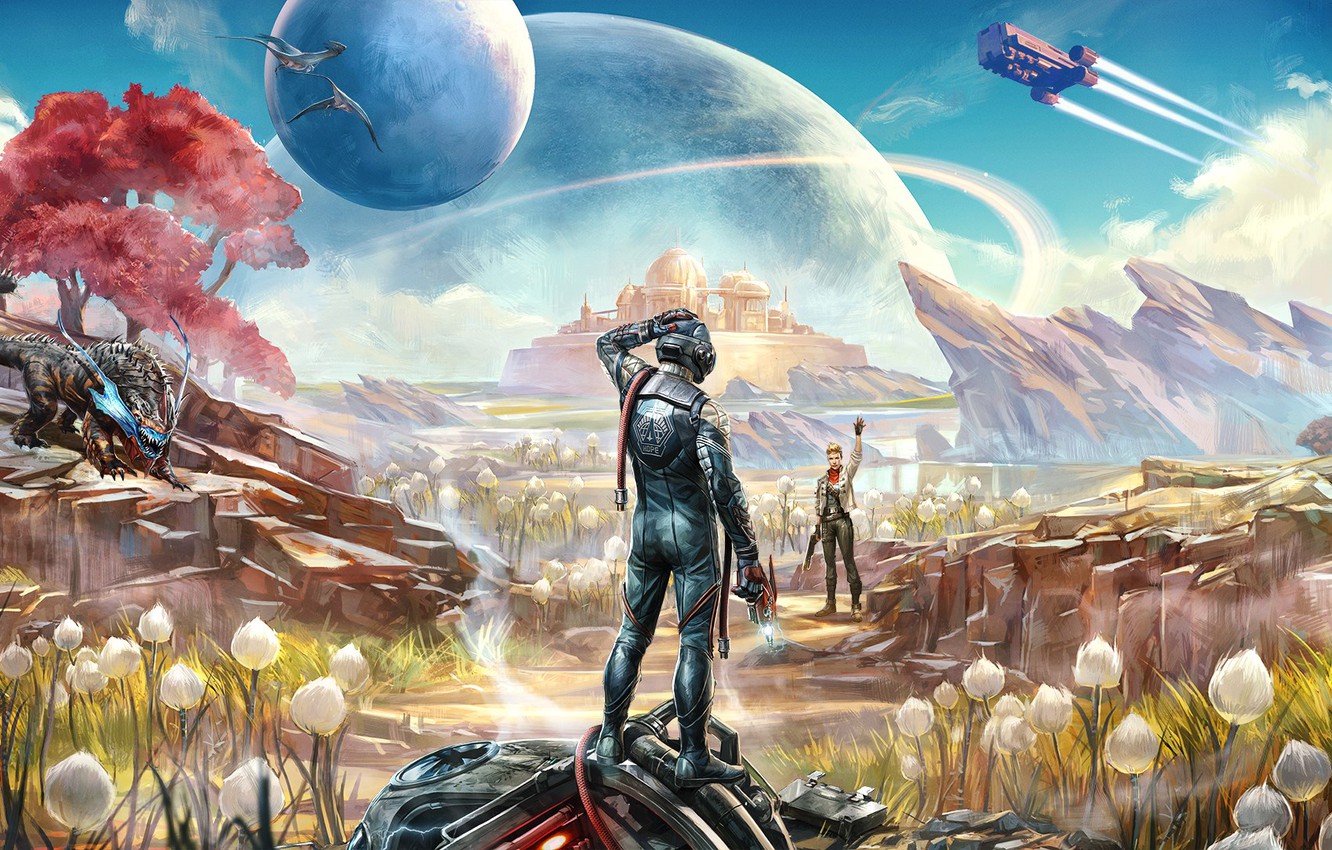Only in stillness can we know ourselves. If someone were to ask, what’s the big deal with stillness, why would we bother with it (particularly when it can be so very unsettling if we do come across it) this would be a very good answer! The only problem is that if we’re not already in touch with stillness then it’s not really us who is asking the question. Whoever it is, it’s not us because if there’s no stillness then we can’t know ourselves. And whoever it is that’s asking the question, it’s not really a ‘who’ anyway because it’s not anybody. There isn’t really anyone there without stillness…
Wherever there is action in stillness and we are still in touch with that stillness, aware of that stillness, then we can know ourselves, but when there is only ‘action’ and no stillness then as we’ve said we cannot know who we are. This is because we are the stillness! When there is action, striving, trying, agitation, disturbance, etc, then we falsely know ourselves – we identify ourselves with the striving or trying, we allow ourselves to become defined by it. Who we are, or how we see ourselves, is wholly determined in relation to the action that is taking place, and whether it is proceeding in the direction we feel it should be. We are wholly preoccupied with the successful resolution or conclusion of the action that is taking place; anything that has no bearing on this is of no value to us, of no interest to us. As far as we are concerned, everything depends on whether our striving is successful or not. Everything hangs on whether ‘things get to be the way we think they should be’ – this is (as we say) ‘the only thing that can make us happy’!
Or as we could also say, when there is only goal-orientated action and no awareness of the stillness within which the goal-orientated action is taking place, then we see ourselves as being the one who is to either gain or lose as a result of this action. The action is directed towards some kind of a designated goal or defined destination and so we identify ourselves with the one who wants to obtain the goal, the one who wants to reach the destination. Where there is a goal, there must be a seeker after the goal; where there is a destination there must be one who is aiming to arrive there. The type of defined or goal-orientated action we are talking about here is a version of Krishnamurti’s psychological time, therefore – the gap (which we want to close) between ‘where we are’ and ‘where we want to be’.
Psychological time is another way of talking about desire and the thing about desire is that both that which is desired and the one who is doing the desiring are illusions! Or as we could also say, the thing about psychological time is that the gap or interval between ‘how things are’ and ‘how we would like them to be’ is an illusion – it’s an illusion because both the undesired state of affairs and the desired one are obviously projections. Both depend upon the one who either desires or doesn’t desire. Both are projections of an arbitrary vantage point – a vantage point which is ultimately unreal because it is arbitrary. And since the vantage point is unreal so too are the projections…
The gap between the two illusions (or two projections) is therefore no gap at all. How after all can there be a gap or interval between two unreal things, two unreal markers? Psychological time isn’t real – it’s the patented fiction of the ‘observer ego’. This self, this ‘observer-ego’ utilizes the gap or interval between ‘where I don’t want to be’ and ‘where I do want to be’ in order to construct itself. Only when there is this gap, this ‘waiting period’, can it get to exist. The ego-observer is also the waiter, therefore – it is the one who is constantly measuring or monitoring the gap and waits for it to vanish away to nothing. If there was no gap to measure or monitor then the game would be over since this ego-observer only exists in relation to what it is observing or what it is measuring. The ego-observer uses psychological time in order to create and maintain itself and so in this sense it is its own fictional device. The logic is flawed but it nevertheless works because of the way in which we focus our attention on the goal without seeing that it is only a goal because we have made it so. We act as if it were a goal ‘all by itself’! This way of looking at only the one side of things is what Wei Wu Wei calls ‘split mind’. The logic we’re talking about runs as follows: if psychological time exists, then so too must the one who wants to close it exist; if the goal is real, then so too must be the one who wishes to attain the goal.
If the desire is real then by direct implication so too must be the desirer (and we could of course say exactly the same for ‘fear’ and ‘the fearer’ since the logic works equally well for both fear and desire). What is actually happening here is that a closed system has been created, a closed system that exists strung out between the two poles of ‘wanted’ and ‘unwanted’, ‘YES’ and ‘NO’. The system is ‘closed’ because we can never go beyond the wanted and the unwanted, because of the way in which we can never – under any circumstances – go beyond YES and NO, RIGHT and WRONG. Furthermore, it follows that the system in question is not only closed but unreal since YES and NO, RIGHT and WRONG do not exist in the real world. Of course they don’t exist – who ever saw a YES floating around, or a WRONG? These are evaluation that we put on the world and as such they don’t genuinely exist in the world. We just say that they do. No closed system can ever be real since it is in the nature of reality itself to be unconditionally open! How can we possibly make open closed and yet still say that this is somehow legitimate? How can closed contain open? We can see very clearly that the system is unreal (or that psychological time is unreal) because of the way in which it is strung out like a line of clothes between ‘wanted’ and ‘unwanted’ ‘YES’ and ‘NO’, ‘HIT’ and ‘MISS’. The two ‘poles’ which our washing line is strung out between are only projections, they are projections of ‘the one who wants or doesn’t want’, they are projections of the one who either desires or fears.
Very clearly goals do not actually exist in reality! They only exist because we say they do, so what’s all the fuss about? YES and NO only exist because we project them and yet at the same time the conditioned self (the self which measures itself in terms of success and failure) only gets to exist in the first place because of the way it constructs itself in relation to the YES pole and the NO pole, the wanted outcome and the unwanted one. What other existence can the conditioned self have, outside of the framework of YES and NO, getting it right and getting it wrong? How else can it define itself, except with a framework to grant it black and white, either / or existence? Outside of the polarity of YES versus NO (which is psychological time) the conditioned self or ego-observer can have no existence at all – it is a ‘construct of the framework’ and the framework itself does not really exist…
When we talk about stillness therefore, we are talking about the reality that lies beyond the framework of right and wrong, the framework of the measuring / evaluating mind. If there is right and wrong there can never be stillness! Within the framework all we have is the promise of stillness (or some analogue thereof) which will be ours when we get it definitely right with respect to the all-determining framework. This promise is however never delivered – it never can be delivered because stillness cannot exist within the framework. Frameworks (artificial as they are) can exist within unconditioned space, but unconditioned space can never exist within a framework. Very obviously unconditioned space cannot exist within a FW, within a particular format because if it did then it would be conditioned, it would be formatted! When we can’t see beyond the format of the measuring mind (which we practically never can) then we have lost our connection with stillness. When we can’t see beyond the limits of RIGHT and WRONG then we have lost all awareness of what we have been calling ‘stillness’ and – this being the case – we cannot know ourselves. The only self we can know within the FW of the thinking-measuring mind is the ‘self-construct’, the ‘observer-ego’ that has been reflexively created by this mind, this ‘mind which does not really exist’. This so-called ‘self’ isn’t anyone therefore – it isn’t anyone because it doesn’t actually exist.
The illusory self might be said to perceive its own inherent and inescapable non-existence in a second-hand or displaced type of a way as existential insecurity. This existential insecurity then motivates it to do and think all sorts of things – things which are supposedly or hopefully going to either going to alleviate the insecurity or – even better – banish it altogether. A succinct way of expressing this idea is simply to say that the repressed or denied existential insecurity which the conditioned self is always going to be subject to manifests itself in a displaced form as the desire to win. ‘Winning’ therefore represents (in an unacknowledged way) banishing the insecurity once and for all, whilst ‘losing’ represents the very unwelcome (in fact rejected) possibility of being thoroughly eaten up by it, devoured by it. This is an awkward kind of a set-up in one way because ‘winning’ (as it is unconsciously represented) doesn’t actually exist. ‘Winning’ doesn’t exist because it is only one pole of the +/- continuum, only one of the two posts that are holding the washing line up. The washing line (which is to say, psychological time) isn’t going to be held up if there aren’t the two posts there! If we want to continue with our conditioned existence then we have to have both the YES post and the NO post, even though the whole driving ethos of existence in the conditioned realm is all about obtaining the YES without the NO….
To call this set-up ‘awkward’ is therefore rather understanding the matter – conditioned existence is actually fundamentally self-contradicting. This is what James Carse refers to as the self-contradictoriness of finite play. The way that this inherent self-contradictoriness (or paradoxicality) shows itself is by the continual reversal of YES and NO; in other words as soon as we reach the [+] pole it flips around and becomes the [-] pole. There is no way we can mentally compute this because in our minds (in our rational minds) plus and minus are forever separate, and so because we are so incapable of seeing what is going on we are condemned to go on unconsciously ‘acting out the paradox’ by running around in tight circles all the time. If we could move beyond the assumed-but-non-existent framework of the measuring mind then we would immediately see that actually the two supposedly different outcomes of YES and NO are actually one and the same thing. They are the same thing but we have created an illusory gap between them, the illusory gap that Krishnamurti calls psychological time. Out of this illusory gap we create the whole conditioned world. Out of this imaginary gap we create the illusion of who we think we are.
This is why there is no stillness in the conditioned existence – because all that exists in conditioned existence is polarity and stillness isn’t polar. Stillness doesn’t have two sides! There can never going to be any stillness in conditioned existence because what we’re always doing in this realm is chasing existence. We’re chasing existence and yet the existence we’re chasing isn’t a real thing – it’s a kind of a goal post that keeps on getting moved at the last moment. We’re chasing a [+] post that keeps turning into a [-] post every time we reach it. How are we ever going to find stillness this way? How are we ever going to find stillness when we’re running around and around in circles without seeing it? And if we can’t find stillness how are we ever going to find ourselves?






